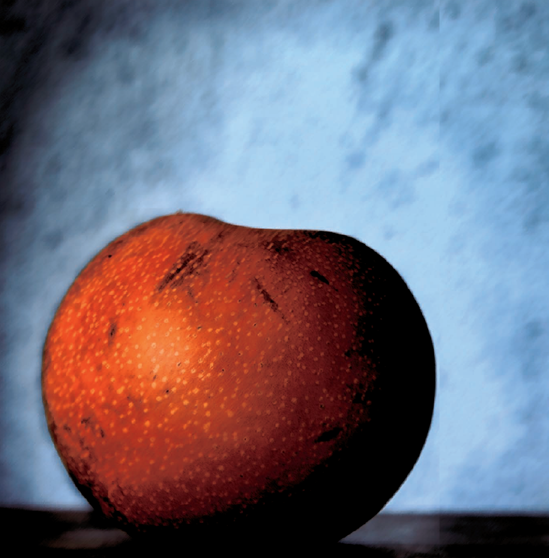Chapter 1. ELEMENTS OF LIGHT

Understanding the Three Elements of Exposure
Dealing with Color Temperature
Setting White Balance
Using Contrast to Create Mood
Working with the Quality of Light
In some ways, photography is analogous to cooking: a certain temperature for a certain amount of time. So how is that like photography? If you substitute light for temperature, you have your answer. In this chapter, I tell you how light affects your camera and images.
UNDERSTANDING THE THREE ELEMENTS OF EXPOSURE
Exposure is the balance of the amount of light allowed to fall on the photographic medium (digital sensor, film, glass plate, and so on). I use the word balance because you use many things to capture the correct exposure. You use three variables to create your exposure:
ISO. The light sensitivity of the film or digital sensor.
Aperture. A moving diaphragm within the lens that controls the amount of light passing through the lens and into the camera. F-stops are the numeric designations referring to the size of the aperture.
Shutter. A mechanical device that opens and closes very quickly, letting light into the camera and in contact with the digital sensor (or film). The length of time the shutter is open is known as shutter speed.
Each incremental change in the exposure of any of these three things is measured in f-stops. A 1 stop difference in any of these three things either halves or doubles the ...
Get Lighting Photo Workshop now with the O’Reilly learning platform.
O’Reilly members experience books, live events, courses curated by job role, and more from O’Reilly and nearly 200 top publishers.

